Types of Clouds formation and their Characteristics: In this blog post, you will get all the knowledge about the different types of clouds, Types of Clouds formation, and their Characteristics. First of all, you must know how clouds are formed. When we look at a cloud, it looks like a white, fluffy gaseous thing that moves around in the air, right? But clouds are actually large masses of tiny water droplets consisting of liquid water and crystals of ice formed by the condensation of water vapor in free air. Let’s look at the cloud formation process.
Table of Contents
How clouds are formed?
At first, the heat from the sun warms the ground which makes the surface of the earth warm and also the surrounding air. Now, warm air rises from ground level and we also know that air around us contains water vapor or moisture. So when warm air rises, it also takes the moisture along with it. As the altitude increases, the temperature decreases. So naturally, the temperature of the water vapor or moisture content in the air drops.



How clouds are formed?
Now, these aerosols have the amazing property of attracting water molecules into the air. And that’s how water vapor gets attracted to aerosol and then sticks to these tiny particles in the air. Since these aerosol or Hygroscopic condensation nuclei are present in the atmosphere in huge quantities, therefore they become the surface for the water vapor to fall. When water vapor condenses due to low temperature, let’s go a little deeper. When air cools, it cannot hold any more moisture.
Then what happens is the excess amount of water molecules gets attached to the hygroscopic condensation nuclei or the aerosol. When enough water molecules gather around the nuclei, a cloud droplet is formed. These cloud droplets are very small and when they are combined in huge numbers, a big, white, fluffy cloud is formed that can weigh tons. Now, these cloud droplets are so small that they float in the air as a cloud. And when these cloud droplets combine to form larger drops of crystals, they become too heavy.
And due to surface tension, these droplets gradually fall from the sky as rain. Now, based on height, size, density, and transparency, clouds are grouped under four types. Let’s get to know each one of them.
Click Below For More Information About Cloud Formation
Cloud Physics
If you want to be Curious about the types of precipitation and rainfall, Read this Article on types of precipitation and rainfall.
4 Major types of clouds formation
- Cirrus Clouds.
- Cumulus Clouds.
- Stratus Clouds.
- Nimbus Clouds.
Cirrus Clouds
The first one is the Cirrus cloud. They are formed at high altitudes, which are around eight to 12 km horizontally upwards, almost at the height of Mount Everest. These clouds are very thin and they look like feathers. And since I have mentioned that they are formed at greater heights, naturally the temperature is going to be very low. That means these clouds are composed of ice crystals. In other words, as I’ve said, that clouds are made up of tiny water droplets. So these droplets are in the form of ice crystals. So this was the first type of cloud, which is called a Cirrus cloud.
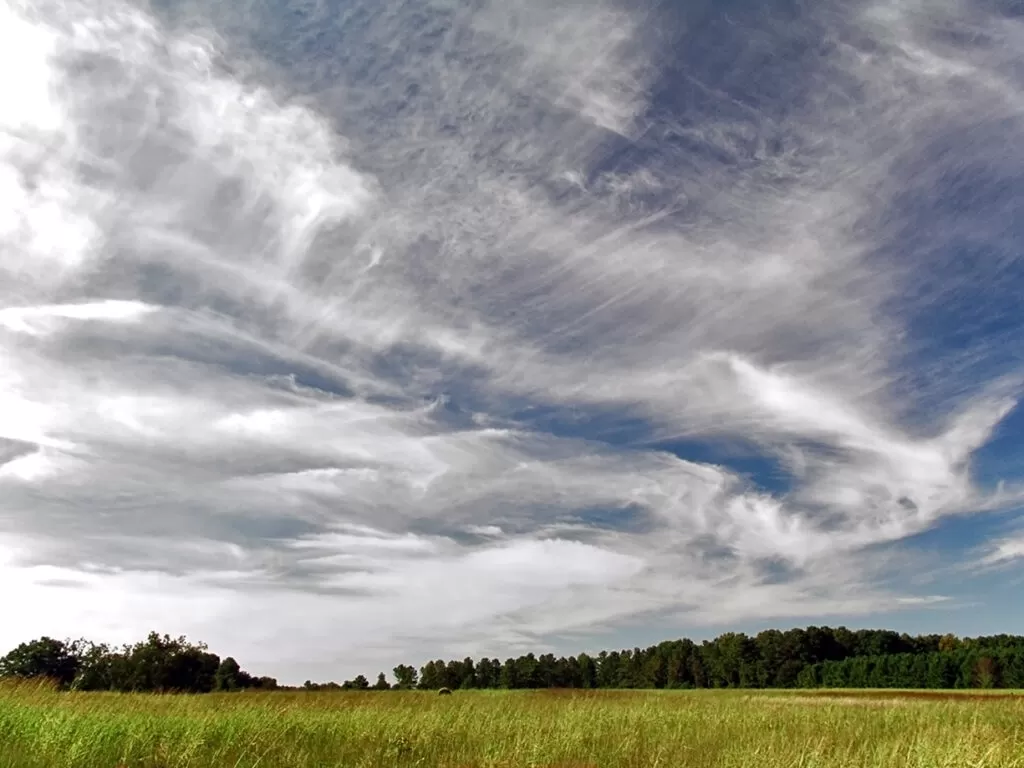
Cumulus Clouds
The second one is the Cumulus cloud. Now, these clouds are formed at a height of four to 7 km. If you see, the height is lower than the cirrus cloud, but still, four to 7 km is very high up in the sky. Now, these clouds are fluffy like cotton, but then they have a flat base. It looks as if a piece of cotton is floating in the air. And if you look at it carefully, somehow it also looks like a cauliflower.
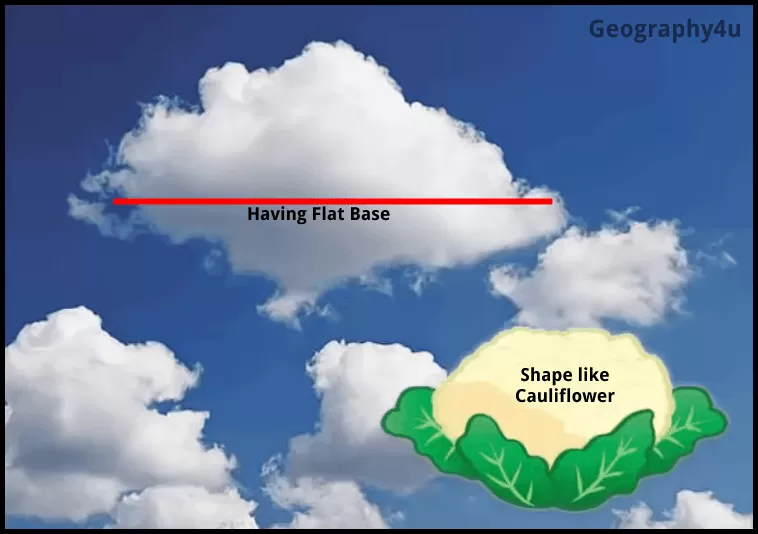
These clouds usually appear in patches and can be seen scattered here and there. Since this cloud is bigger than a cirrus cloud, therefore it may or may not produce rainfall. Since this cloud exists in small, small patches if at all they come close and combine to form a big cloud, then chances are it may rain heavily. And one more thing you need to understand is that cumulus clouds are bigger than cirrus clouds. That means more water vapor, more water droplets or ice crystals exist within these clouds.
Stratus Clouds
The third one is the Stratus cloud. Now, stratus means existing in layers. That means these are horizontally layered clouds that cover large portions of the sky. These are also known as low-altitude clouds, which means they exist at a height of less than 2 km. They are found in white and gray color. Since these clouds are found at a lower altitude, they even come down on the surface of Earth in the form of mist or fog.

So we can also say that stratus clouds are like fog that doesn’t reach the ground. As I said, they appear in white and gray color and they exist in layers. So what happens is they do not allow the sunlight to pass through them, making the day look dull and dark.
Nimbus Clouds
The fourth and last one is the Nimbus cloud. Now, these clouds are black or dark gray and they exist in the form of layers, just like the stratus cloud. But they cannot be called a stratus cloud. These clouds are formed at low altitudes around 3 km or so. And sometimes they are very nearer to the surface of the Earth. Since I’ve said that these clouds are black or dark green in color, that makes them dense. And these clouds block the rays of the sun from reaching the surface of the Earth.
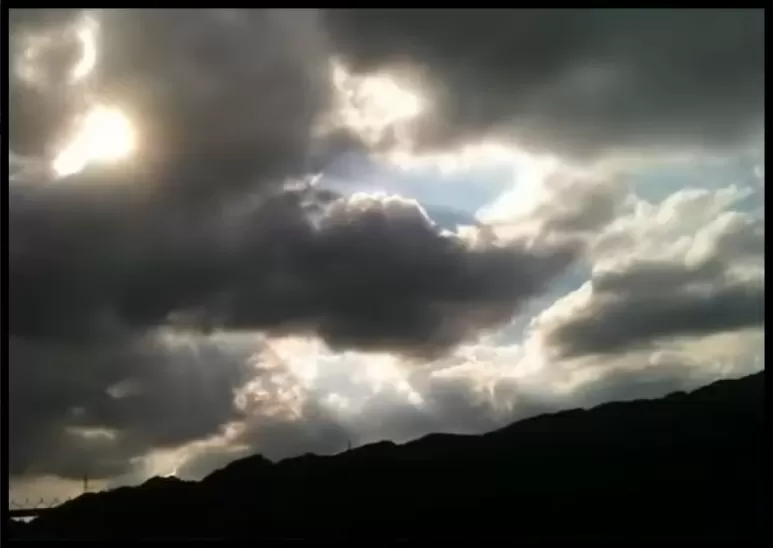
Nimbus clouds do not have any specific shape. However, they are thick and dense. So naturally, it consists of a large amount of water vapor. So these were the four types of clouds that exist in our atmosphere.
Classification of Types of Clouds based on Height
- High Clouds (Mean height- 5Km to 13Km) – Cirrus clouds, Cirrostratus, and Cirrocumulus.
- Middle Clouds (Mean height- 2Km to 7Km) – Alto-Stratus, Alto-Cumulus.
- Low Clouds (Mean height- 0Km to 2Km) – Stratus, Nimbostratus, Stratocumulus.
- Clouds with vertical development- Cumulus, Cumulonimbus.
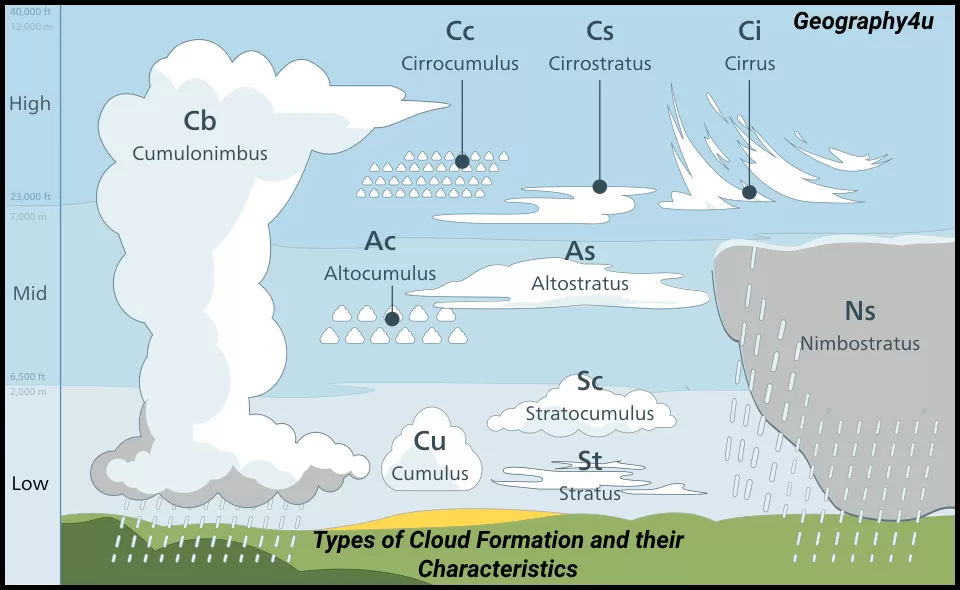
High Clouds

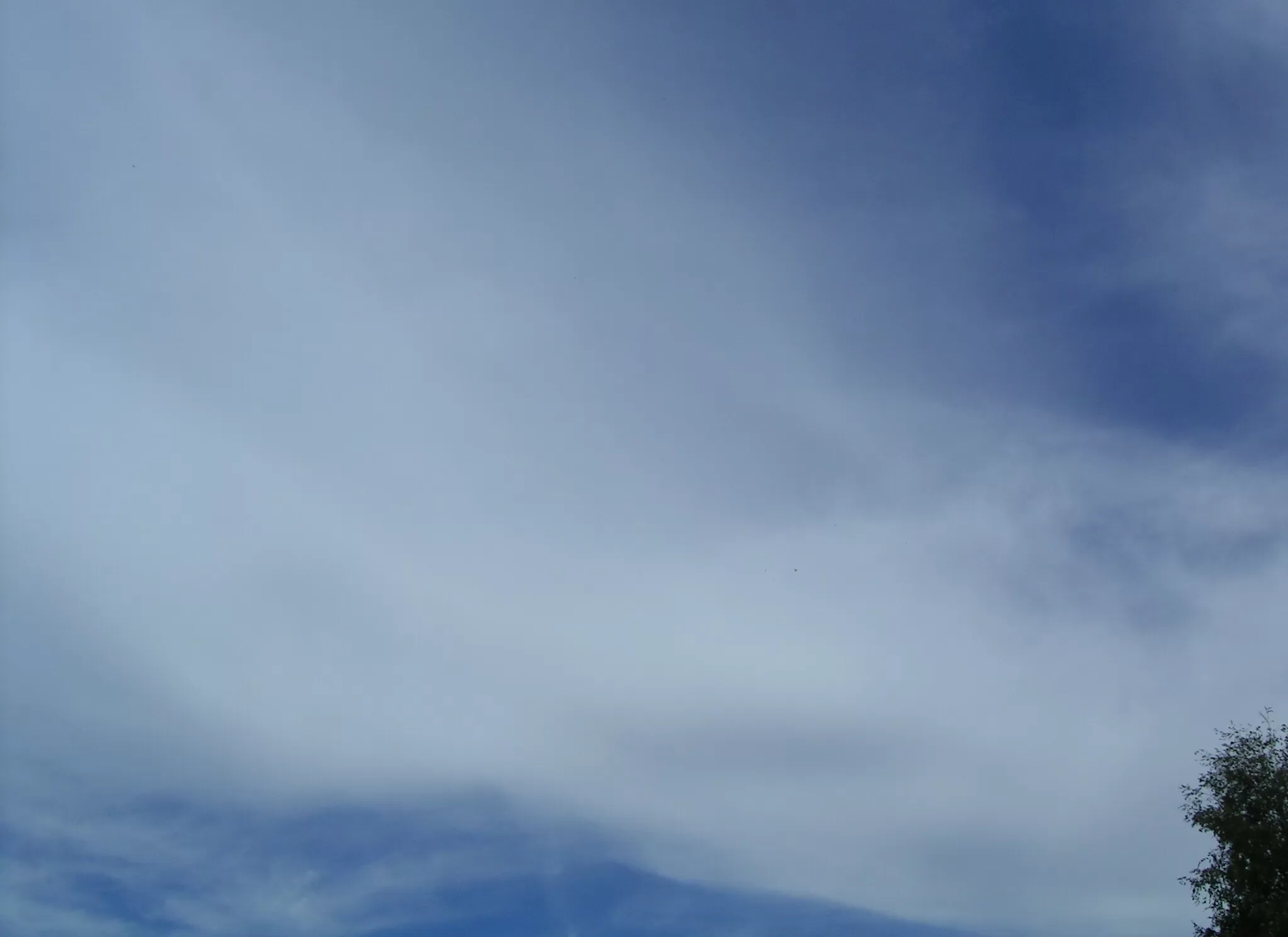
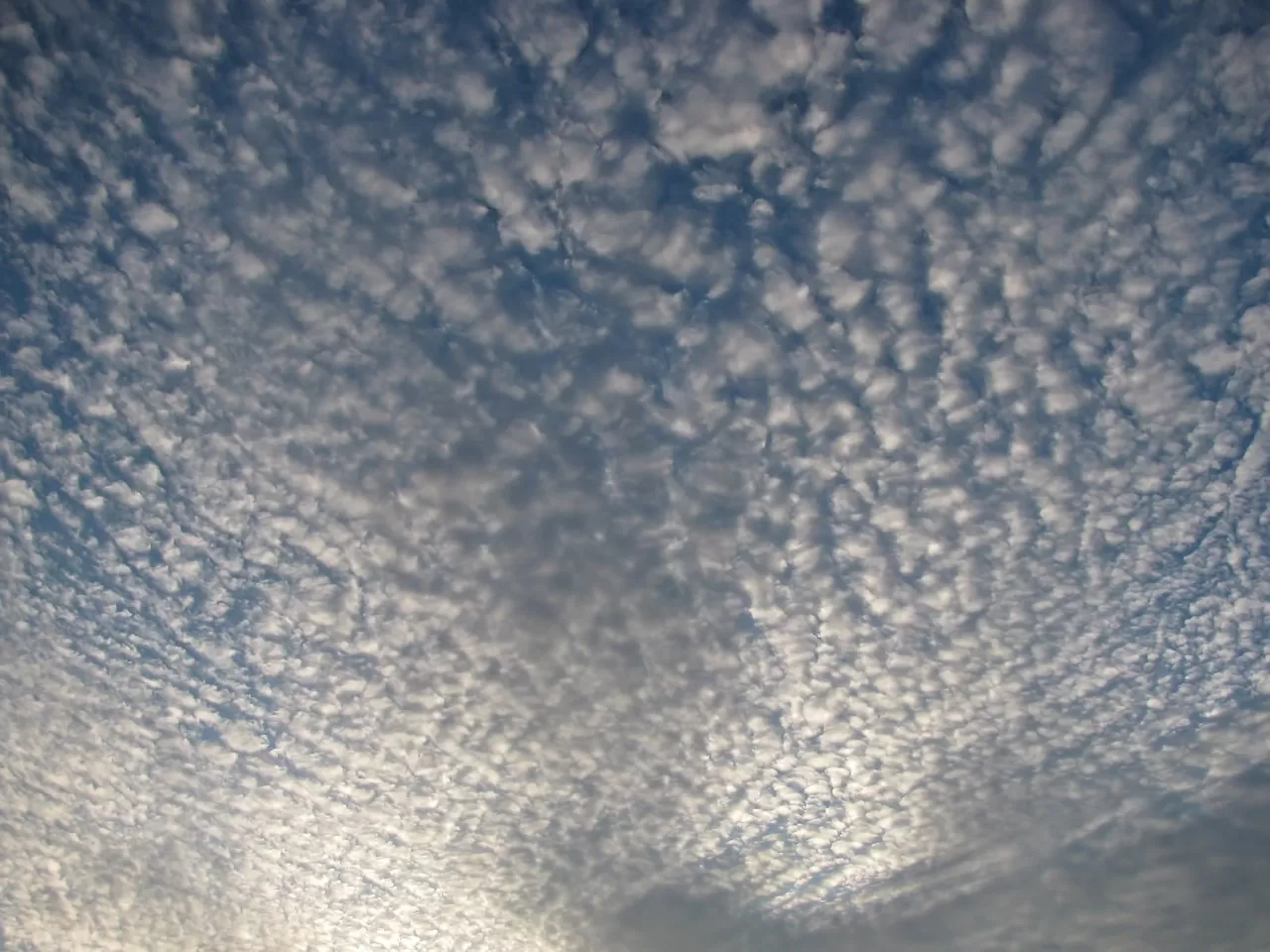
Medium Clouds
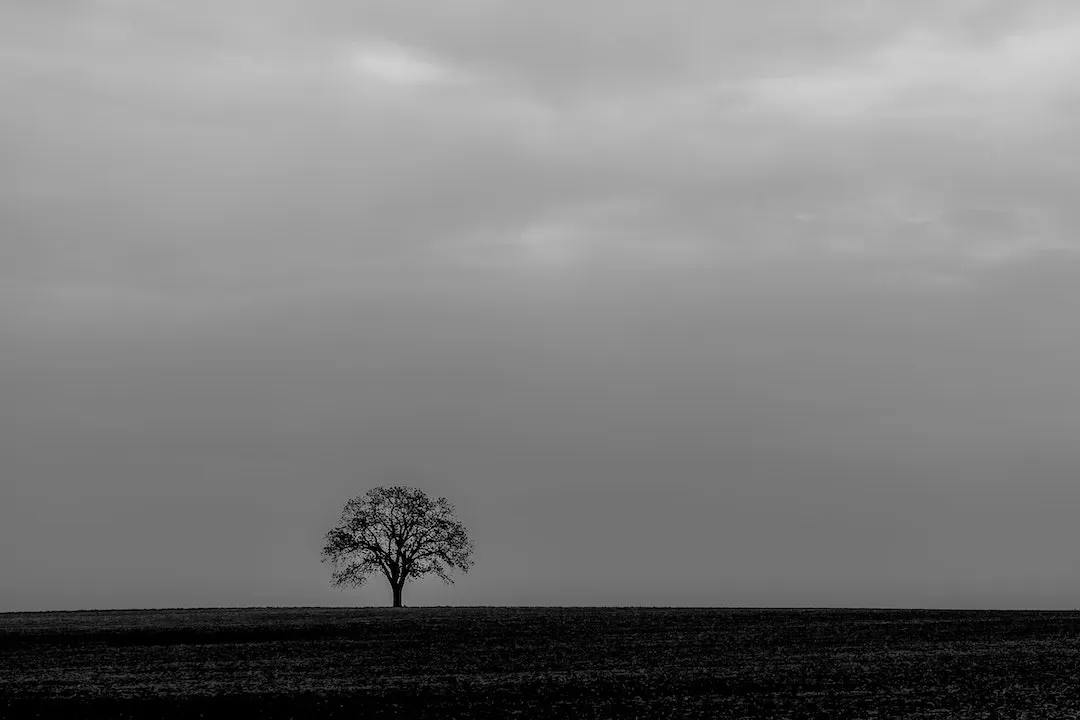

Low Clouds


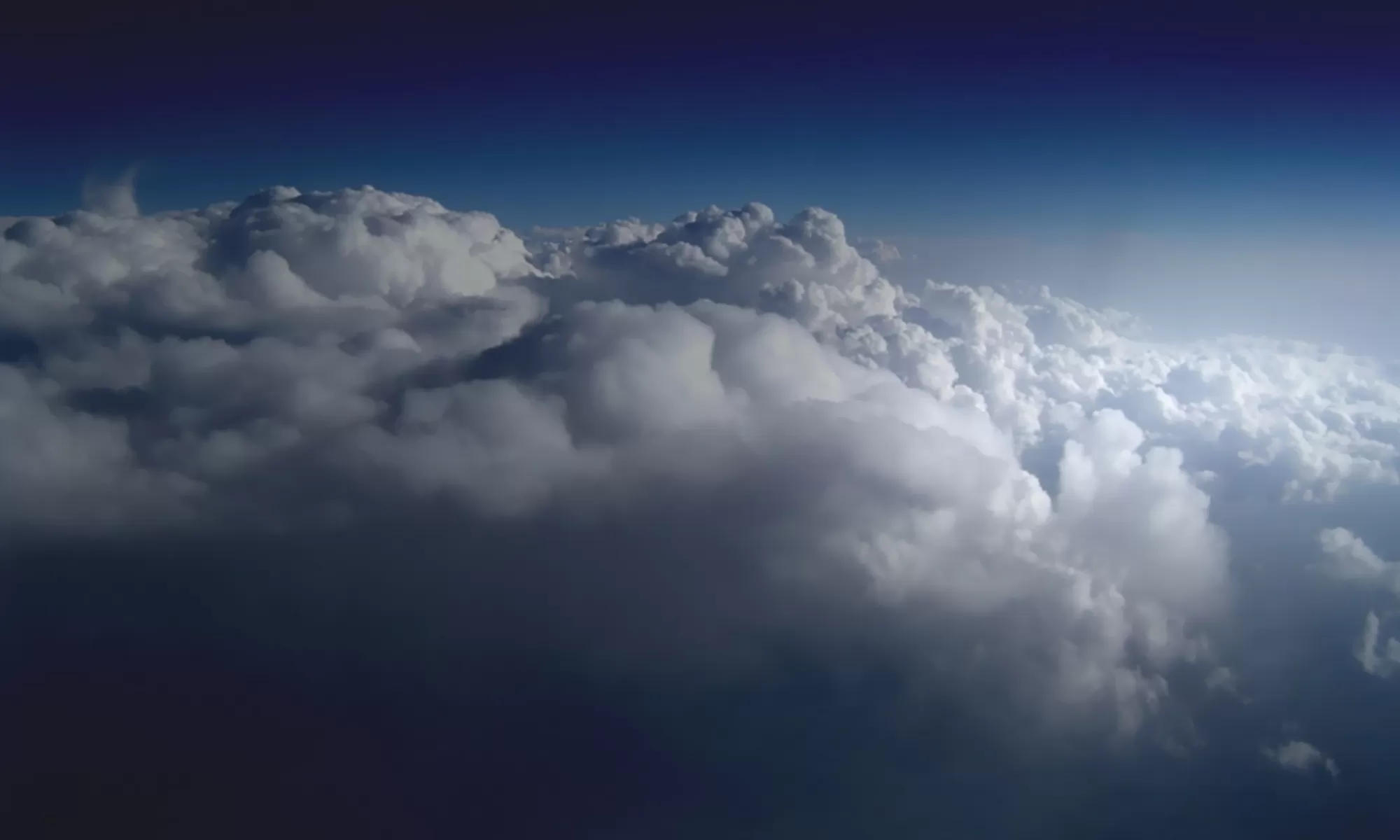
Clouds with Vertical development

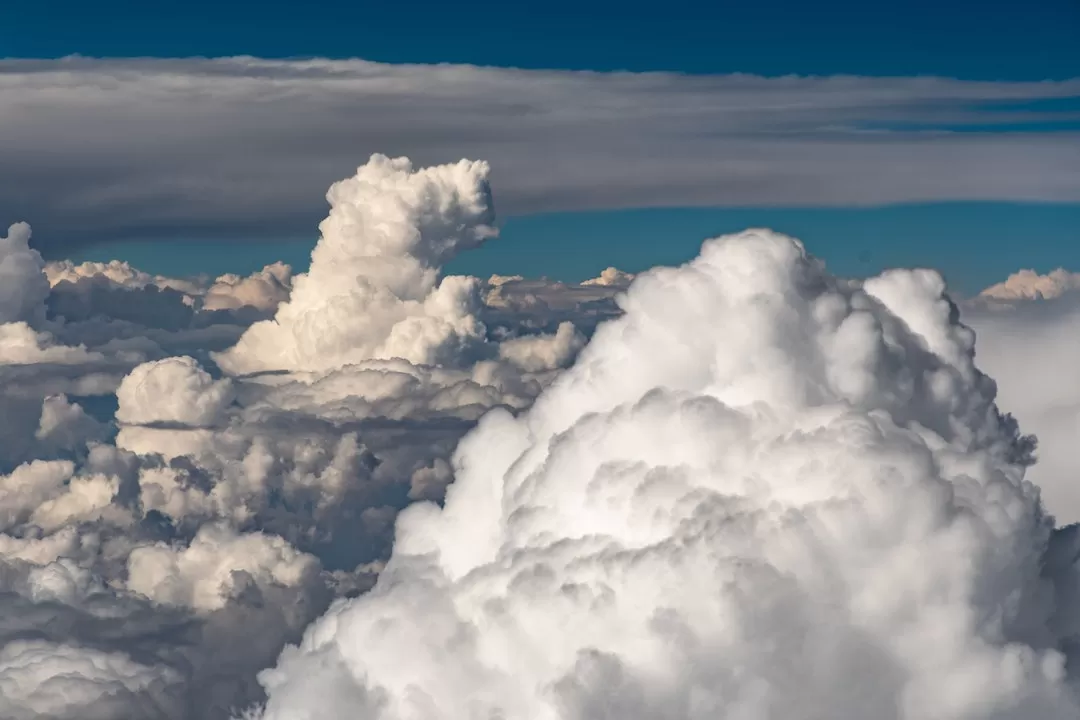
Apart some these, there are some special clouds that are developed by the collision of Fronts.
I hope you found this blog helpful. Kindly share and comment. For more updates, read our upcoming blog posts.

